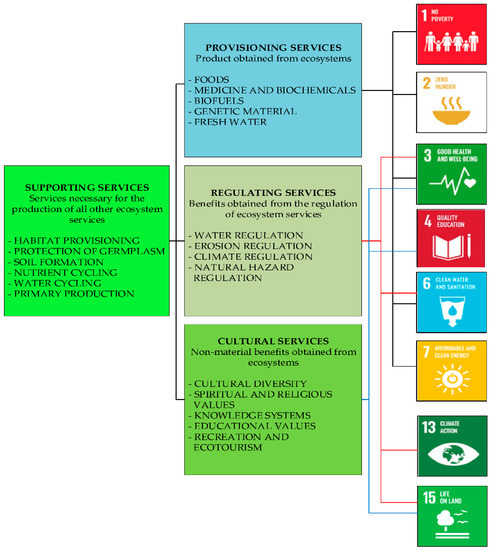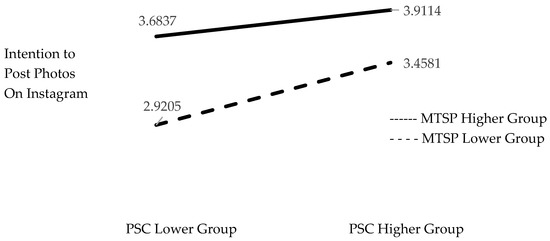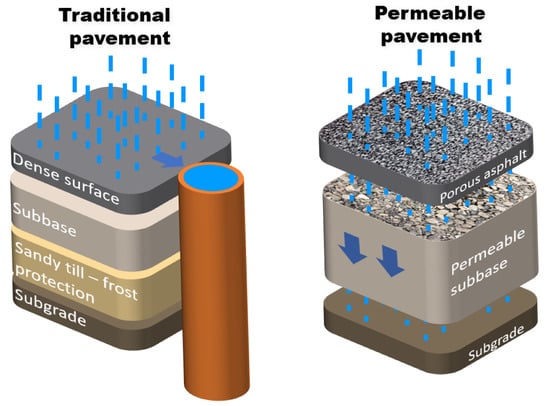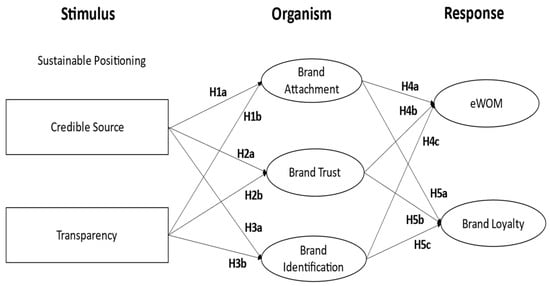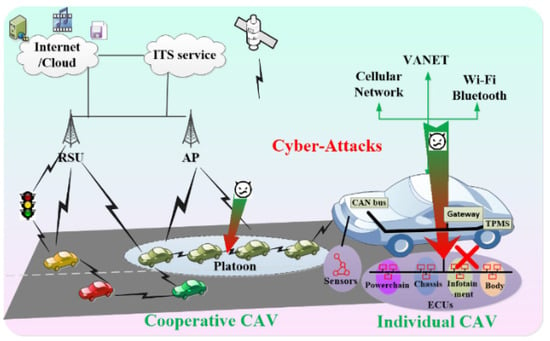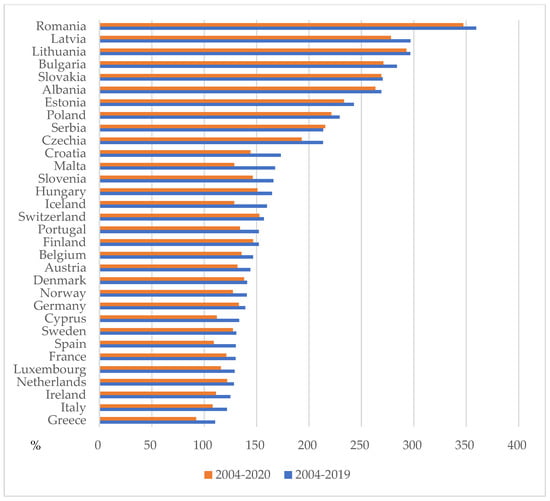Sustainability 2022, 14(19), 11908; https://doi.org/10.3390/su141911908 - 21 Sep 2022
Cited by 52 | Viewed by 10769
| Correction
Abstract
The green financing landscape in Pakistan is evolving, which signifies the need for a comprehensive gap analysis that examines the present status and constraints in supporting green finance in the country. Textile and leather industries are key sectors in Pakistan’s economy and rely
[...] Read more.
The green financing landscape in Pakistan is evolving, which signifies the need for a comprehensive gap analysis that examines the present status and constraints in supporting green finance in the country. Textile and leather industries are key sectors in Pakistan’s economy and rely heavily on small and medium enterprises (SMEs). Excessive resource use and inadequate environmental management methods pose a significant danger to the sectors’ long-term viability and account for an extreme relevance to the embracement of the circular economy paradigm. Green finance aims to ensure that economic process, safeguarding the environment, and maintaining environmental integrity all grow together. This research used a literature review and interview-based methodology (in which we interviewed more than 20 people representing SME operators, government officials, and banking staff) to examine SME finance, green banking, and demand and supply side constraints to cleaner/sustainable manufacturing in Pakistan’s leather and textile sectors. The research findings show that policy uncertainty and financial short-termism are economic impediments and obstacles that constitute a path-dependent, lock-in, non-linear mechanism. This study found a lack of tailored business advisory and financing for SMEs to learn about and invest in sustainable consumption and production (SCP). Furthermore, many banks in Pakistan also show a strong commitment to the expansion of the State Bank of Pakistan’s Green Banking Guidelines (GBGs). The results also highlight the high value of government assistance for businesses participating in green initiatives and incentives for banking institutions and private limited companies to support and invest in green practices.
Full article
(This article belongs to the Special Issue Data Management to Bridge Bioeconomy and Circular Economy)
►
Show Figures

